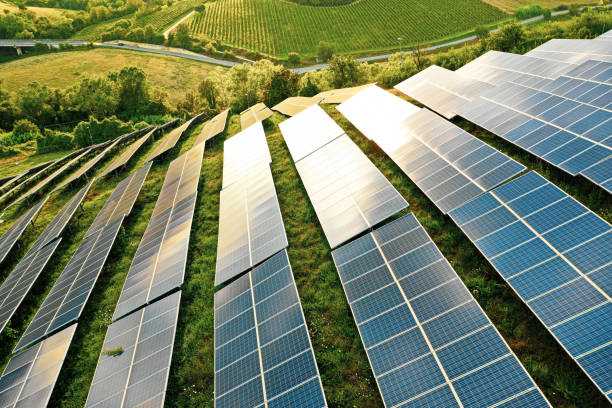Five consultants, including PwC, Marsh, SMEC, Bechtel and Hatch, were selected to implement the most ambitious Australian-Asian project, Austalia-Asia PowerLink. The $30 billion renewable energy project will connect Australia's solar power with Singapore.
The project has a capacity of 3.2 gigawatts, which is how much controlled solar power from the 12,000-hectare solar farm will be transported through a 4,200-kilometer-long submarine cable to Singapore once it reaches full capacity. The Sun Cable project has the support of two of Australia's richest billionaires, including Mike Cannon-Brooks and Andrew Forrest.
Now let's look at the numbers. The communication line, 720 kilometers from Norway to the United Kingdom, crossing the North Sea, is one-sixth the length of the communication line between Singapore and Australia and is the longest submarine DC cable in the world. The power generation is nearly ten times greater than all that exist today. All of this will be supported by Tesla's large 36-42 gigawatt-hour battery. To achieve such ambitious goals, a consortium of local and international consultants was chosen as the integrated implementation team for this project (consultancy.org).
According to PwC Australia CEO Tom Seymour, this project is complex and ambitious and unlike any previously developed, its implementation will help address Australia's carbon footprint as well as provide unique opportunities for communities, for his part, Pacific CEO Nick Harris, on behalf of Marsh, noted that this project delivers more renewable energy than ever before, a seismic shift in the way Australia exports energy to the world, and SMEC Australia and New Zealand CEO James Phillis added that the Australia-Asia PowerLink will be the world's largest solar energy infrastructure network and will radically change the rules of the renewable energy game around the world (consultancy.org).
***
Construction will begin in late 2023, and in 2027 it will begin supplying Singapore, which will account for about 15% of national demand. As socio-economic benefits, the Australian economy is projected to grow by $8 billion and about 1,500 jobs during the construction phase. In addition, a significant contribution to achieving carbon dioxide reduction goals is projected, with simulations showing that Singapore's CO2 emissions will be reduced by 6 million tons per year.
